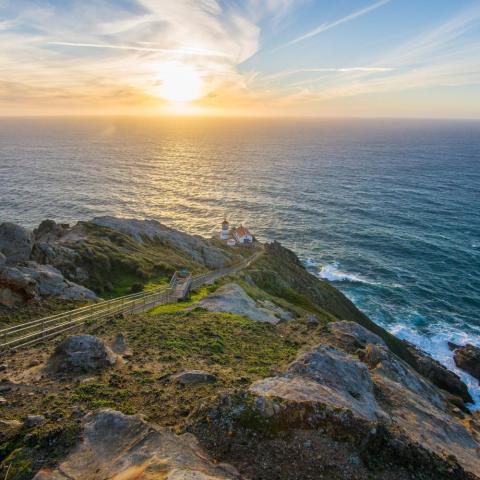It's hard to imagine that mammoths roamed the territory now protected by Channel Islands National Park, but they did during previous Ice Ages. And recent discoveries, particularly a mammoth tusk unearthed in 2014, point to mammoth history dating even further back than previously thought.
In the latest From Shore to Sea Lecture, Dr. Daniel Muhs, a research geologist with the United States Geological Survey, discussed new discoveries and research into the estimated arrival and evolution of mammoths on the Channel Islands. Fossil remains of both Columbian mammoths and the pygmy mammoths into which they evolved have been found on San Miguel, Santa Rosa, and Santa Cruz Islands. In September, an intact, well-preserved mammoth skull was excavated on Santa Rosa Island.
Mr. Muhs, who has worked at USGS since 1983, touched on recent mammoth research, including his discovery of a mammoth tusk in 2014 that calls into question whether mammoths arrived on the islands earlier than 20,000 years ago, the time of the last Ice Age. The tusk Muhs found dated to at least 80,000 years ago, which suggests that mammoths may have arrived on the islands as early as 150,000 years ago.
In addition to when mammoths arrived at the Channel Islands, he discussed how these massive animals migrated to the islands. Spoiler alert: They swam! But still unclear is why these mammoths went extinct.
The From Shore to Sea lecture series is meant to further the understanding of current research on the Channel Islands and surrounding marine waters.




 Support Essential Coverage of Essential Places
Support Essential Coverage of Essential Places






